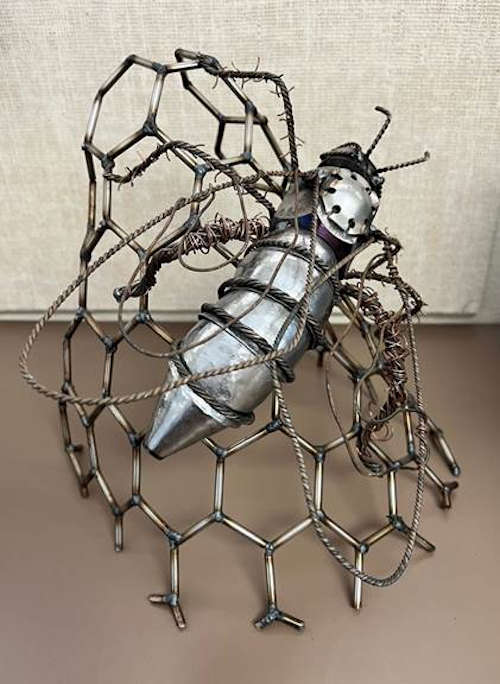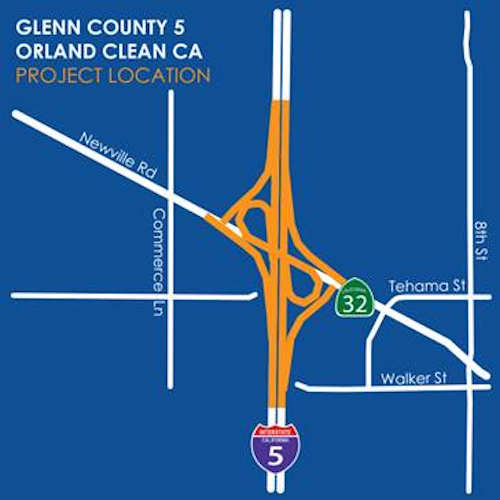- Elizabeth Larson
- Posted On
Huffman, Padilla bill restoring sacred land to Karuk tribe to become law
The legislation will place federal lands located in Humboldt and Siskiyou counties into trust for the Karuk Tribe.
“Today, we can finally correct a historic injustice and return sacred land to its rightful owners, the Karuk Tribe. Thanks to the partnership of Senator Padilla and the Karuk’s tireless work, our Sacred Lands Act will now become law. These lands, known as Katimiîn and Ameekyáaraam, are not only majestic, they are central to Karuk history, religion, traditions, and identity. Placing them in trust ensures that the Karuk culture and way of life can endure for future generations,” Rep. Jared Huffman said.
“For Karuk people, the lands covered by our bill represent the center of the world, which is why they deserve unrestricted access to these ancestral sites in order to practice their religion and preserve their customs for future generations,” said Sen. Padilla. “Restoring these lands to the stewardship of the Karuk Tribe is a long overdue moral imperative, and I look forward to the President singing our bill into law.”
“It means the world to have our most sacred sites returned to us. The Karuk Tribe appreciates the hard work of Congressman Huffman, Senators Padilla and Feinstein, and their teams. This accomplishment is great for the Karuk People and all of Indian Country,” said Karuk Chairman Russell “Buster” Attebery.
For Karuk people, the land identified in this legislation is the center of the world. The historical village and ceremonial site of Katimiîn is the location of a final series of annual Pik-ya-vish world renewal ceremonies.
Pik-ya-vish translates as “to fix it,” how Karuk people approach their responsibility to keeping these places in balance with their cultural and spiritual values.
Ameekyáaraam, just down river from Katimiîn, is the site of Jump Dance and First Salmon Ceremony — both vital components of world renewal ceremonies and for pre-contact inter-tribal coordination of fish harvest up and down the river to ensure long-term sustainability of salmon runs.
These ceremonies were also ways to keep the world in balance between individuals and families. This area is essential to inter-generational teaching and learning needed to ensure future generations of Karuk people know and understand Karuk culture and customs.
Currently the tribe has a Special Use Permit with the United States Forest Service that allows access to the grounds for ceremony. This access is not guaranteed and in some years the tribe is interrupted by public intrusions during private and sacred components of the world renewal ceremonies.
Only United States Forest Service lands will transfer to the tribe; all private lands, allotments and existing rights associated with those will be excluded.
Huffman Legislativemap-katimiinarea 08-09-2021 by LakeCoNews on Scribd









